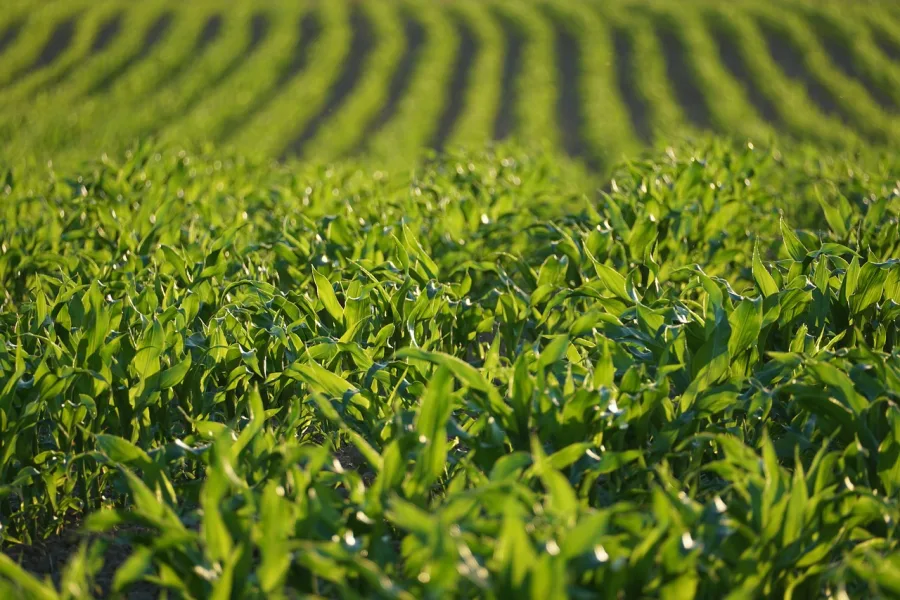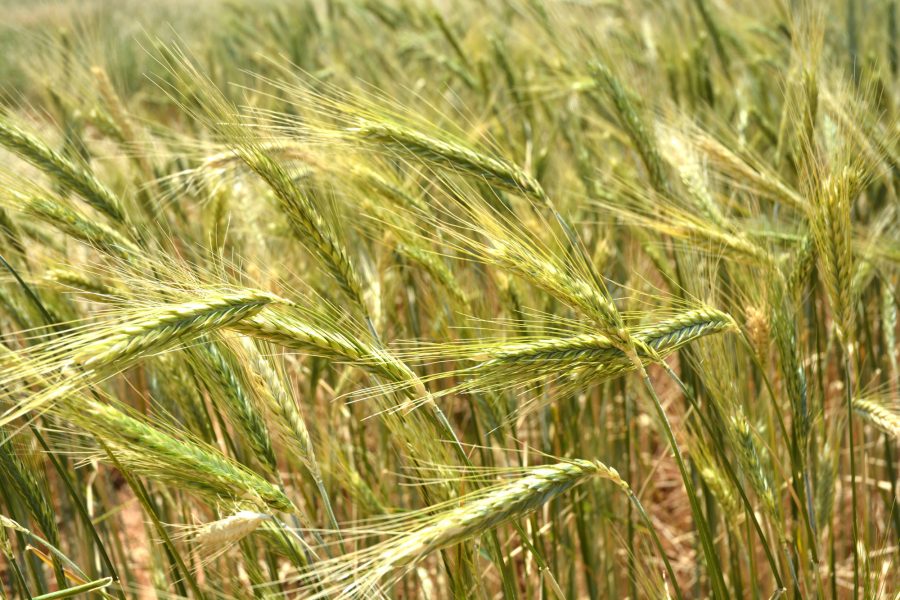Discover the key changes in the 2024 House Farm Bill. How will updates to reference prices, base acres, and federal programs impact your farming operations? Find out now.

The House Agriculture Committee recently approved the 2024 Farm Bill, bringing significant changes to production agriculture. This bill covers important areas such as reference prices, base acres, and federal programs, aiming to meet the evolving needs of farmers. In this article, we’ll break down these changes and explain how they could impact your farming operations, giving you the insights you need to stay ahead.
Significant Boost in Reference Prices Brings Both Opportunity and Cost
| Crop | Proposed Increase (%) |
|---|---|
| Legumes | ~19% |
| Peanuts | 17.8% |
| Cotton | 14.4% |
| Wheat | 15.5% |
| Soybeans | 18.5% |
The proposed increases in reference prices for various crops are significant. Legumes will see a 19% rise, and peanutswill get a 17.8% bump. Cotton follows with a 14.4% increase, while wheat and soybeans will jump by 15.5% and 18.5%, respectively. Though these changes promise better financial security for farmers, they also bring a hefty cost. It’s estimated this could increase the farm bill’s cost by $15 to $20 billion over a decade. Adjustments might be made to balance the budget if needed.
A Golden Opportunity to Adjust Your Base Acres
The base acres update is particularly beneficial. If you’ve planted more acres than your base acres from 2019 to 2023, you can now permanently increase your base acres to match that excess. This is a one-time opportunity.
For instance, if you usually grow corn and soybeans but only planted corn in the last five years, you can now increase your base acres for corn. This could lead to higher subsidies or benefits for your corn production.
Another advantage is the inclusion of non-covered commodities like potatoes or onions. You can now use up to 15% of your farm acres for these crops, adding more flexibility to your operations.
Importantly, the House proposal does not restrict who qualifies for this program, making it accessible to more farmers without extra hurdles.
Enhanced Safety Net: Agricultural Risk Coverage (ARC) Program Receives Key Updates
The Agriculture Risk Coverage (ARC) program has some noteworthy updates that could affect your farm. The benchmark revenue guarantee jumps from 86% to 90%, and the maximum payment cap rises from 10% to 12.5%.
This means you’ll have a broader and deeper safety net. If your revenue falls short, the increased coverage and higher payment rate can offer better financial protection during tough years.
Keep in mind, while these changes enhance ARC’s benefits, they might also come with increased federal program costs. It’s essential to weigh these enhanced benefits against your farm’s financial plans and risk management strategies.
Marketing Loans: A Double-Edged Sword for Farmers
Marketing loans are set to increase by about 10% in the new bill. This offers both pros and cons. On the positive side, getting a loan becomes easier, providing more financial flexibility. You can borrow more against your crops, which can be a big help in tough times.
However, there’s a catch. The higher loan rate could lower your Price Loss Coverage (PLC) payments. PLC payments hinge on the gap between the effective reference price and the market year average (MYA) price. Since the MYA price can’t drop below the loan rate, this change might reduce the financial benefits you expect from PLC payments.
Boosted Support for Livestock Programs: Enhanced Dairy Margin and Indemnity Payments
The 2024 Farm Bill introduces significant updates for livestock programs, crucially affecting both the dairy margin program and livestock indemnity payments.
In the dairy margin program, the subsidy for tier one coverage now extends from 5 million pounds to 6 million pounds, a 20% increase. This boost provides extra financial relief for dairy farmers, helping them manage milk prices and feed costs.
For livestock indemnity payments, the compensation rate has increased to up to 100% for animals killed by federally protected species, like wolves. Additionally, if a pregnant animal is harmed, the owner can receive up to 85% of the value of the unborn animal’s lowest weight class.
These changes underscore the Farm Bill’s commitment to supporting farmers and ranchers in managing the risks of agricultural production.
Major Shift for Farm Partnerships: Proposed Rule Change Could Unlock Multiple Payment Opportunities
Under the new House farm bill, partnerships like LLCs and S corporations could see big changes. Traditionally, these entities were limited to one payment. The new proposal aims to remove this cap for qualified pass-through entities. This means many farming operations structured as LLCs, S corporations, general partnerships, or joint ventures could benefit from multiple payments.
However, C corporations would still be subject to the one-payment limit. Because of this, some agricultural entities might consider restructuring to maximize their benefits. While the final decision is pending, this change could offer significant financial and strategic advantages for many farming operations.
Expanded Farm Income Definition: Embracing Diversification and Innovation
The House proposal expands the definition of farm income, making it more inclusive and adaptable for today’s farmers. Now, gains from trading farm equipment, such as old tractors and machinery, are recognized as farm income.
Plus, if you offer agritourism activities like hayrides, farm tours, or pumpkin patches, the income from these will be counted as farm income too. This is great news for those who have diversified their revenue streams.
The new definition also includes direct-to-consumer sales. So, if you’re selling produce, meats, or other products directly through farmers’ markets, roadside stands, or online, this income is also now classified as farm income.
These changes provide a more accurate picture of your farm’s total income and encourage innovation and diversification. It’s a boost that supports your financial stability and resilience.
In sum, this updated definition helps you better manage and report your income, leading to a stronger, more flexible agricultural sector.
Substantial CRP Payment Increase: A Win-Win for Farmers and the Environment
The 2024 Farm Bill draft proposes a significant hike in the maximum Conservation Reserve Program (CRP) payment, boosting it from $50,000 to $125,000. This increase offers greater financial incentives for farmers with less suitable land for cultivation.
Higher payment limits mean more acres can join conservation efforts, benefiting both the environment and farmers. With this boost, making decisions about reallocating underproductive land becomes easier. Whether enhancing wildlife habitats or reducing soil erosion, the increase makes land preservation financially appealing.
For those with less productive land, this change is an economic win. It allows income from land that may not be yield-worthy through traditional farming, balancing economic viability with environmental responsibility.
Significant Updates in Supplemental Crop Insurance Policies: A Game-Changer for Farmers
The latest Farm Bill brings noteworthy updates to supplemental crop insurance, promising significant advantages for your farming operations. The cap on revenue protection policies is now increased, allowing up to 90% coverage for individual yield or revenue. This higher cap spans multiple commodities, giving you more comprehensive protection.
In addition, the Supplemental Coverage Option (SCO) jumps from 86% to 90%. This is especially beneficial for states like North Dakota, Texas, Oklahoma, and southern Missouri, where crop insurance costs are high. The increased subsidy can ease your financial load and improve risk management.
There’s also good news for beginning or veteran farmers: a 10-percentage point subsidy increase now extends from five to ten years, giving you more time to stabilize and grow your farm.
Overall, these changes offer a better safety net against unpredictable market and environmental conditions, helping you secure your farming future.
The Bottom Line
The proposed changes in the 2024 House Farm Bill could significantly impact production agriculture. While increased reference prices might boost farmers’ income security, they come with potential budgetary constraints. Updating base acres and broader program qualifications aim to make farming more flexible and inclusive.
Enhanced protections through the Agricultural Risk Coverage program and marketing loans offer a stronger safety net but come with trade-offs. Livestock programs receive substantial support adjustments, and the expanded definition of farm income and shifts for partnerships open new financial avenues. Conservation efforts benefit from increased CRP payments, and supplemental crop insurance updates provide relief for high-cost areas.
In essence, these changes aim to create a more resilient and adaptable agricultural sector. By enhancing financial safety nets, improving flexibility in farm management, and increasing support across various aspects of farming, these updates present both opportunities and challenges. Staying informed and proactive will help farmers navigate and leverage these advancements.
Key Takeaways:
- Proposed increase in reference prices for various crops could lead to higher farm bill costs, potentially between $15 billion to $20 billion over a decade.
- Farmers can adjust base acres based on average plantings from 2019 to 2023, benefiting those who have planted more acres than they currently have as base acres.
- ARC program guarantees and maximum payments are set to increase, enhancing the safety net for farmers.
- Marketing loans are projected to rise by about 10%, although this may reduce PLC payments due to higher market loan rates.
- Livestock programs, including the dairy margin program and livestock indemnity payments, are receiving increased support and subsidies.
- New rule changes for farm partnerships may allow multiple payments, benefiting pass-through entities like LLCs and S corporations.
- The definition of farm income is expanded to include trading gains on farm equipment, agritourism, and direct-to-consumer marketing.
- CRP payment caps are more than doubled, encouraging enrollment of acres that should not be farmed.
- Supplemental crop insurance policies receive significant updates, including increased caps on revenue protection and expanded subsidy periods for beginning and veteran farmers.












